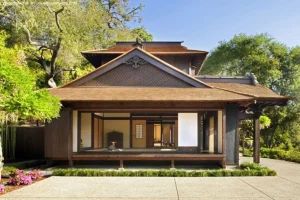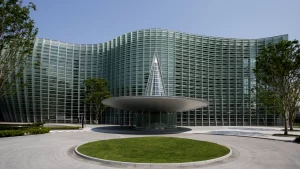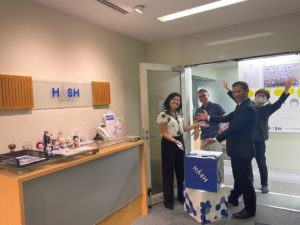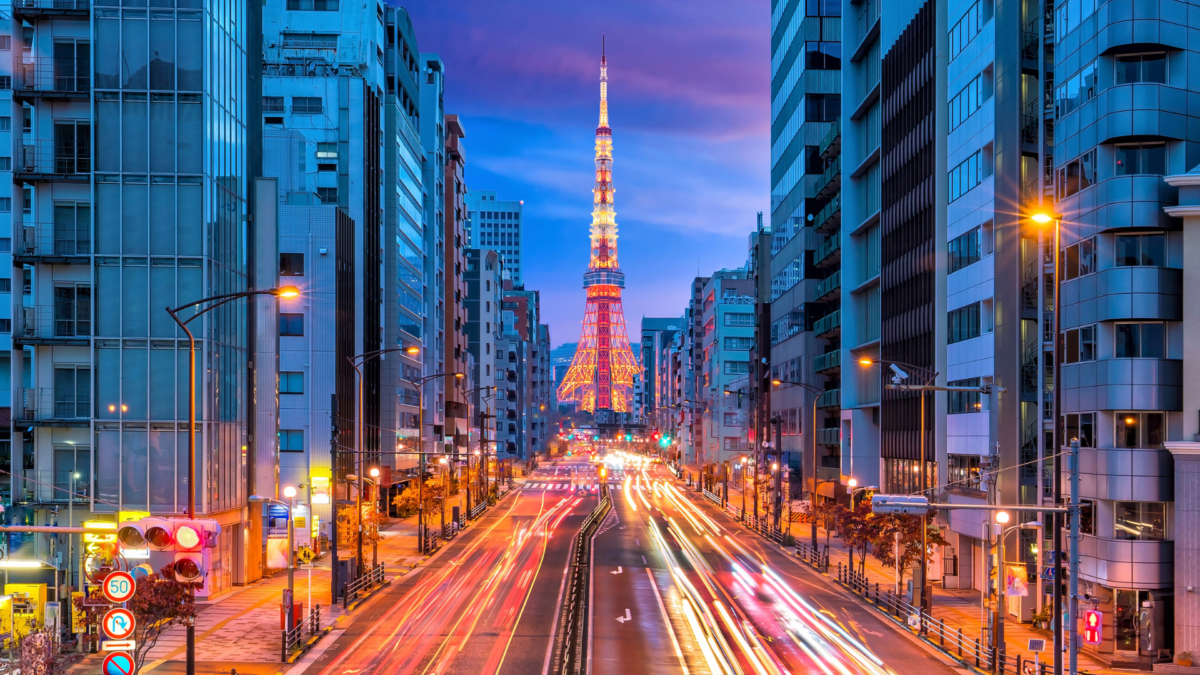The Intersection of Tradition and Innovation in Tokyo’s Creative Design
Tokyo is a city that is steeped in tradition, yet it is also a hub of innovation and creativity. In this blog post, we will explore how Tokyo’s creative designers are able to blend these two seemingly disparate elements to create stunning works of art and design.
A city that is steeped in tradition:
Tokyo’s design scene is steeped in traditional values because of the Japanese aesthetic, which is rooted in religion and puts a lot of emphasis on nature. Shinto and Buddhism are the two major religions in Japan, and they both have a significant influence on Japanese culture and design. For example, Japanese graphic design is known for its minimalism, organic forms, and representations of nature. Designers in Tokyo have taken these elements and used them to create stunning visual designs that are both simple and elegant.
Another reason why Tokyo’s design scene is steeped in traditional values is because of the way that designers are able to take traditional Japanese design elements and incorporate them into modern designs. By doing so, they are able to create designs that are both beautiful and functional. For example, glass artist Ryosuke Harashima collaborates with Japanese artisans to create glass-topped tables that incorporate traditional baskets used for storage . This is just one example of how Tokyo’s designers are able to blend tradition and innovation to create something new and unique.
Finally, Tokyo’s designers are also able to blend tradition and innovation by using cutting-edge technology to create new and exciting designs. For example, the teamLab Borderless museum in Tokyo uses digital technology to create immersive, interactive art installations that are unlike anything else in the world. This museum is a perfect example of how Tokyo’s designers are able to use technology to push the boundaries of what is possible in art and design.
Overall, Tokyo’s design scene is steeped in traditional values because of the Japanese aesthetic, the way that designers are able to take traditional Japanese design elements and incorporate them into modern designs, and the use of cutting-edge technology to create new and exciting designs. By blending tradition and innovation, Tokyo’s designers are able to create stunning works of art and design that are unlike anything else in the world.

Image 1: Tokyo’s traditional house design ideas
The modern aspects of Tokyo creative design:
Tokyo is a city that has always been at the forefront of modern design and architecture. The city’s unique blend of traditional and modern architecture is a testament to its rich cultural heritage and its forward-thinking approach to urban planning. Tokyo’s skyline is a mix of towering skyscrapers, historic temples, and modern art installations, all of which come together to create a truly unique and awe-inspiring cityscape.
One of the most notable aspects of Tokyo’s creative design is its focus on sustainability. Many of the city’s buildings are designed with energy efficiency in mind, using natural light and ventilation to reduce energy consumption. This focus on sustainability is reflected in the city’s public spaces as well, with many parks and green spaces designed to promote biodiversity and reduce the urban heat island effect.
Another aspect of Tokyo’s creative design is its emphasis on minimalism. Many of the city’s buildings are designed with clean lines and simple shapes, creating a sense of harmony and balance that is both calming and inspiring. This minimalist aesthetic is also reflected in the city’s art and fashion scenes, with many artists and designers embracing a simple, understated style that emphasizes quality over quantity.
Finally, Tokyo’s creative design is characterized by its willingness to embrace new technologies and ideas. From cutting-edge digital art installations to innovative new building materials, Tokyo is always pushing the boundaries of what is possible in the world of design and architecture. This spirit of innovation and experimentation is what makes Tokyo such an exciting and dynamic city, and it is sure to continue to inspire and captivate visitors for years to come.

Image 2: The National Museum of Modern Art, Tokyo, Chiyoda, Tokyo, Japan
A blend of both traditional value and modern designs:
One of the most interesting aspects of Tokyo’s creative design scene is the way that designers are able to take traditional Japanese design elements and incorporate them into modern designs. For example, Japanese graphic design is known for its minimalism, organic forms, and representations of nature. Designers in Tokyo have taken these elements and used them to create stunning visual designs that are both simple and elegant. This is evident in the work of graphic designer Kenya Hara, who has designed everything from packaging for Muji to posters for the Tokyo Olympics .
Another way that Tokyo’s designers are able to blend tradition and innovation is by using cutting-edge technology to create new and exciting designs. For example, the teamLab Borderless museum in Tokyo uses digital technology to create immersive, interactive art installations that are unlike anything else in the world. This museum is a perfect example of how Tokyo’s designers are able to use technology to push the boundaries of what is possible in art and design .
Finally, Tokyo’s designers are also able to blend tradition and innovation by using traditional Japanese crafts and techniques to create modern designs. For example, glass artist Ryosuke Harashima collaborates with Japanese artisans to create glass-topped tables that incorporate traditional baskets used for storage. By using traditional crafts in new and innovative ways, Tokyo’s designers are able to create designs that are both beautiful and functional.
In conclusion, Tokyo’s creative design scene is a fascinating blend of tradition and innovation. By taking traditional Japanese design elements, using cutting-edge technology, and incorporating traditional crafts and techniques into modern designs, Tokyo’s designers are able to create stunning works of art and design that are unlike anything else in the world. If you’re interested in creative design, Tokyo is definitely a city that you should keep an eye on!
About CRCC Asia’s Tokyo international internship program:
CRCC Asia offers a two-month international internship program in Tokyo, Japan’s energetic capital city. The program provides an opportunity to immerse oneself in the sights and sounds of a global powerhouse of business and innovation. The program offers internships in a variety of fields, including creative design and fashion. Check out about our Tokyo international internship program here.

Image 3: Tokyo’s International Internships Program offered by CRCC Asia
See what our creative interns in Japan say:

Zane Hayden, University of Kansas
Media & Creative Industries, Tokyo program 2019
I had a really great time working at my internship, and I know that without the help of CRCC I would have had a very hard time getting an internship in a similar position on my own. Living and working at my internship in Tokyo gave me a great understanding of working abroad, and the work/leisure dynamic helped keep me creative and productive at my job. The various events CRCC put on such as dinners and community service events gave my local experience a lot of texture, and helped me better connect with my host country’s culture.
Maya Merrill, University of Oregon
Media & Creative Industries, Tokyo program 2023
I genuinely had the time of my life doing this program, I think it was life-changing and overall incredibly positive because of the connections I made both professionally and in my friendships with others. Thank you so much!!

